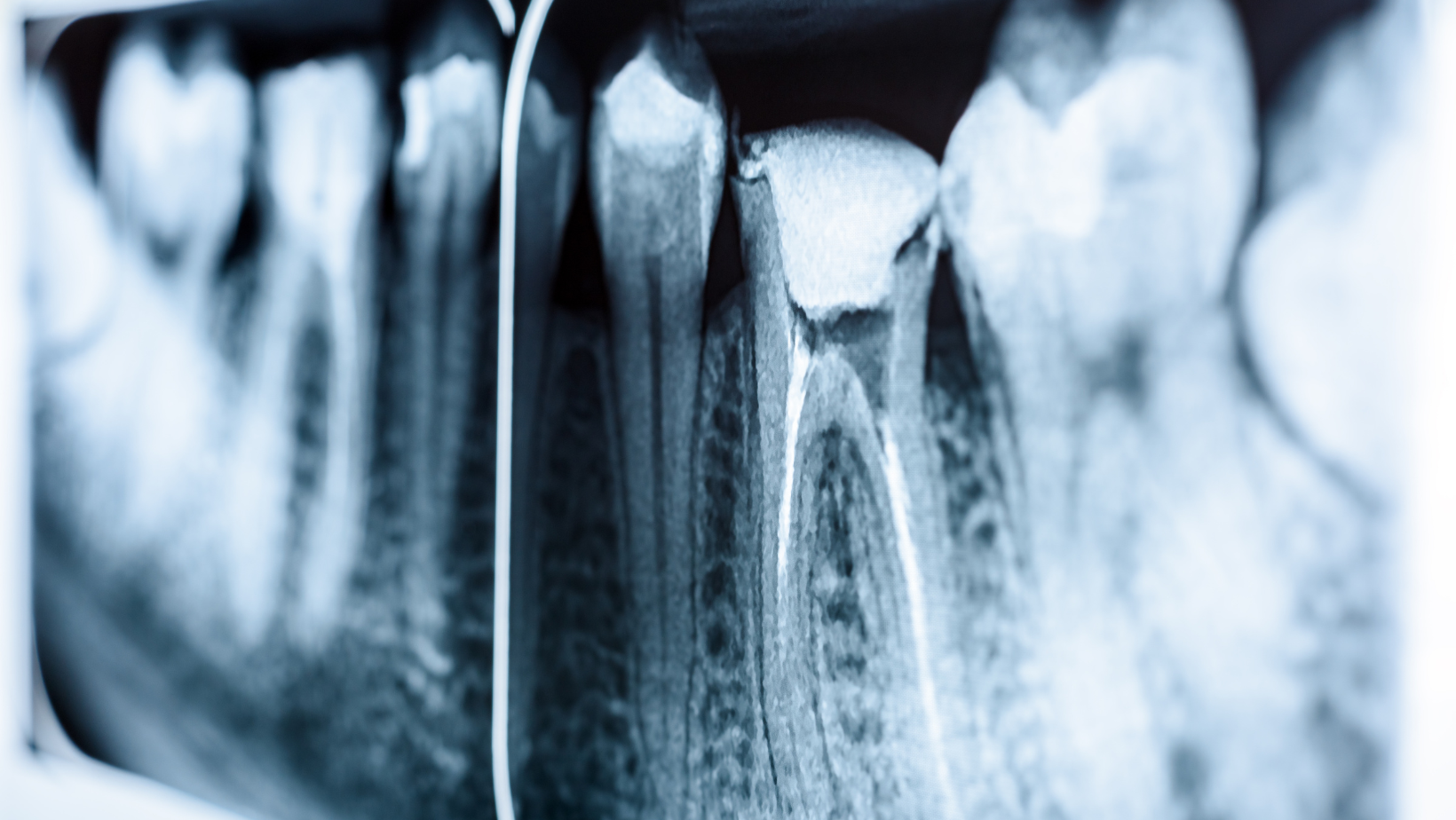Início Tomografia computadorizada de feixe cônico: novos recursos e softwares para diagnóstico em...
software

Tomografia computadorizada de feixe cônico: novos recursos e softwares para diagnóstico em endodontia
Resumo:
Abstract: Introduction: Cone-beam computed tomography (CBCT) is the most used in dentistry, due to its speed and low radiation compared to medical tomography; with this, it favored all specialties, especially endodontics. Review: To carry out this work, scientific articles, books, theses, dissertations and monographs related to the use of CBCT were researched, with emphasis on endodontics, especially in relation to current imaging resources. For this, online, national and international databases such as PUBMED, GOOGLE ACADÉMICO, SCIELO, Scopus and Web of Science were used. Discussion: Endodontics is one of the areas that most explores CBCT in dentistry. Visualization software/algorithms developers for image formation have developed resources for root canal measurement, file/instrumentation guides, making endodontic treatment safer and more predictable. For the endodontist, three-dimensional images help to clearly visualize the location of the apical foramen (which may vary), the size of the lesion that is in the periapical area, the presence of cracks/root fractures, whether root resorption can be resolved with treatment, among others. Other difficulties that periapical radiography cannot show, because it is two-dimensional. The transfer from analog to digital dentistry is still happening, prices are becoming affordable, ease and time saving is transforming and making developers have ideas for great innovations. Therefore, this study aimed to review the literature and discuss the new features of tomographic image viewer software. Final considerations: However, CBCT with three-dimensional imaging capability is of utmost importance for the endodontics of the future.
Keywords: endodontics, X-rays, software, cone-beam computed tomography.
Expandir Resumo
Acessar Texto Completo

